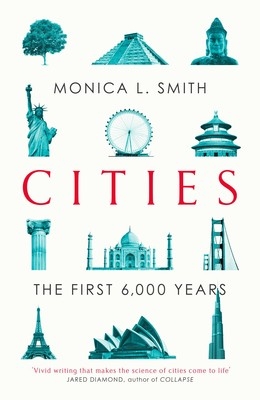Posts

Cities: A Compelling Part of Human Life
Monica L. Smith is a UCLA professor in the Department of…

Sorry To Bother You Screening Followed by Q & A with Director Boots Riley at UCLA on 11/6
On November 6, 2018, go vote and then check out a screening of…

Eavesdropping on Human Personality Variation: An Evolutionary Perspective
By Joseph H. Manson Professor of Anthropology Among our…

